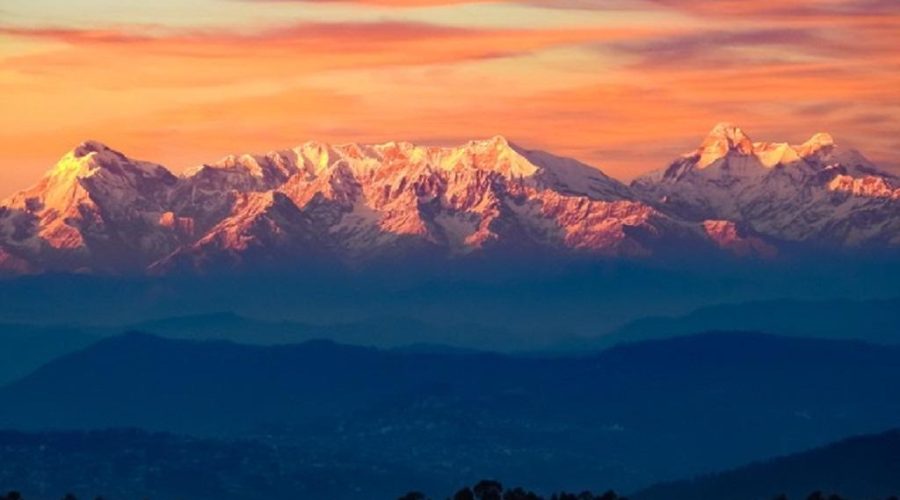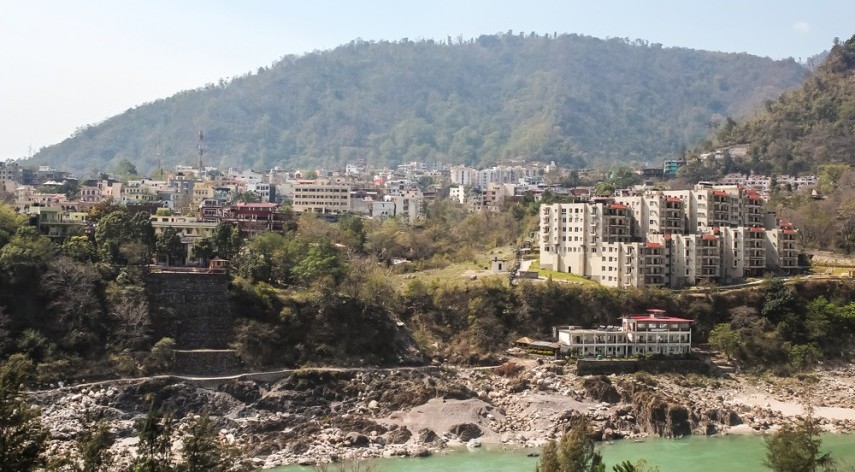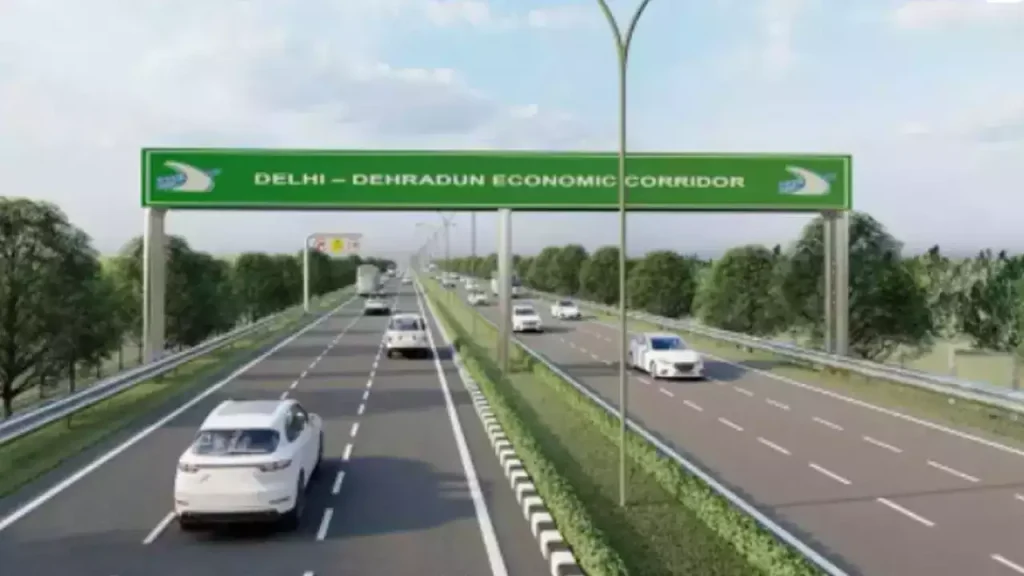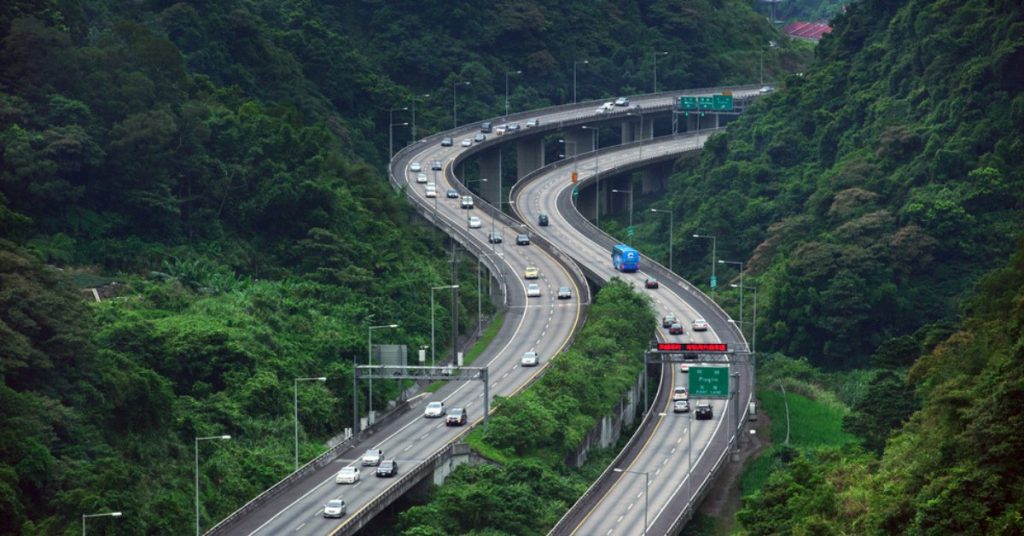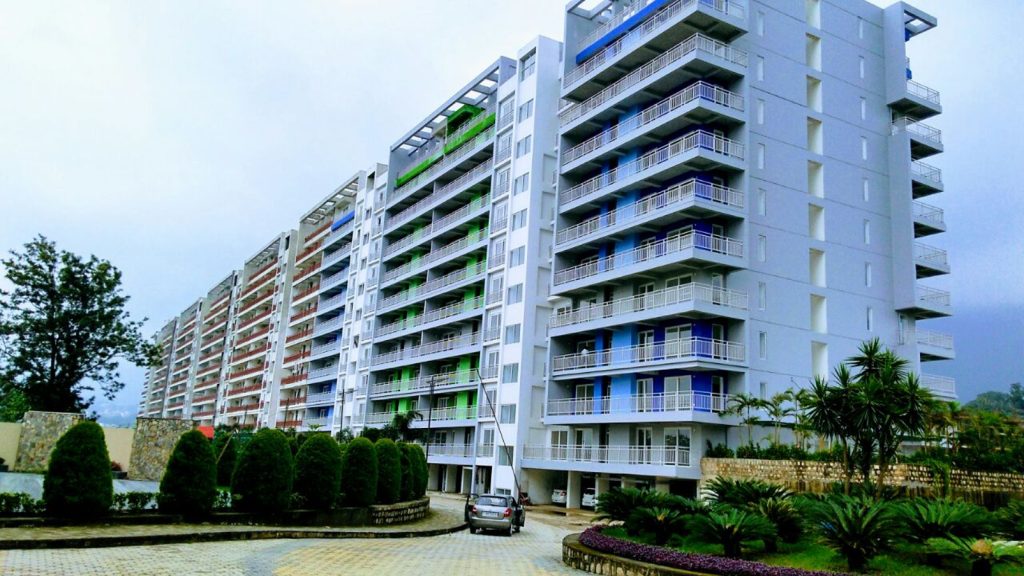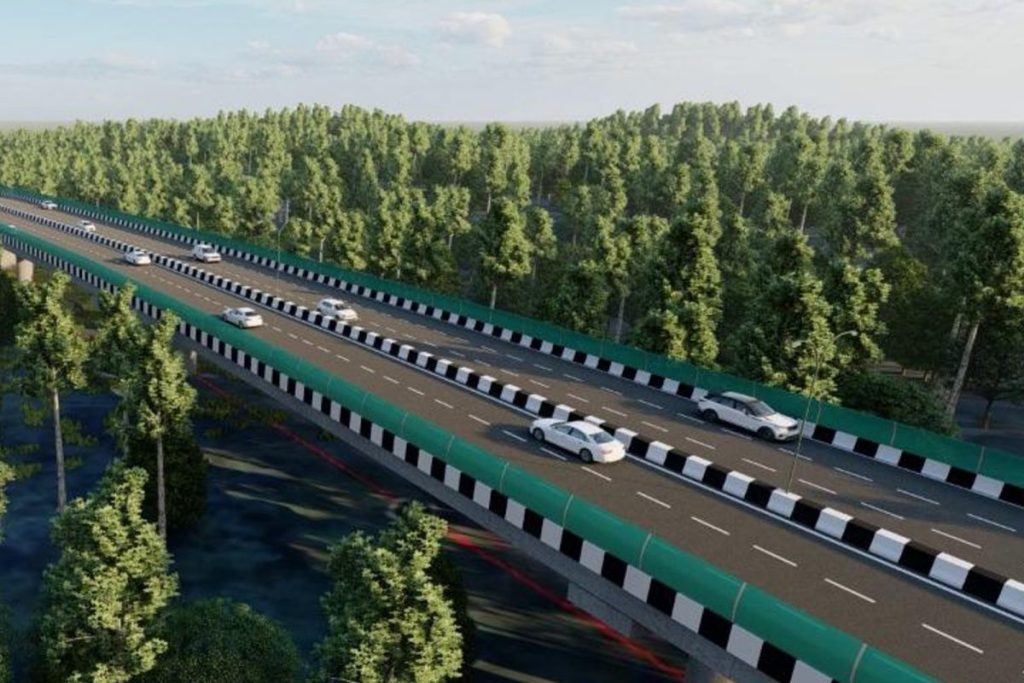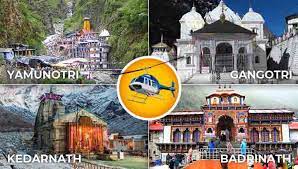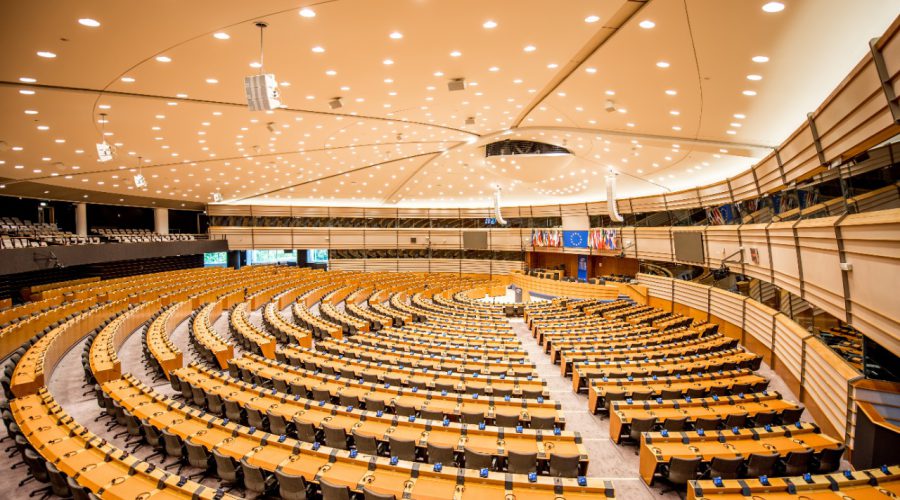CRISIL Report: Decoding India’s Infrastructure Boom
India’s infrastructure sector is poised for a significant transformation, fueled by ambitious government spending plans and a growing focus on sustainability. A recent report by CRISIL, a leading Indian rating agency, sheds light on the key trends, challenges, and opportunities shaping this crucial sector.
Investment Bonanza: Doubling Down on Infrastructure
The report highlights a substantial increase in government infrastructure spending. With a projected Rs 142.9 lakh crore earmarked between fiscals 2024-2030, this represents nearly double the investment witnessed in the previous seven years. This significant allocation underscores the government’s commitment to boosting economic growth and creating jobs.
Sustainability is a key theme within this investment surge. CRISIL estimates that Rs 36.6 lakh crore will be directed towards green infrastructure projects by 2030. Renewable energy, particularly solar power, is expected to be a major beneficiary, attracting around Rs 30.3 lakh crore. This focus on clean energy aligns with India’s ambitious climate goals and creates a more sustainable future.
Public-Private Partnerships: A Collaborative Approach
While government funding forms a substantial portion of the investment plan, the report acknowledges the crucial role of the private sector. Public-private partnerships (PPPs) are expected to play a key role in financing and developing infrastructure projects, especially in sectors like transportation and energy.
Despite the positive outlook, CRISIL identifies some key challenges that need to be addressed. Streamlining project approvals, ensuring efficient land acquisition, and attracting foreign investments are crucial aspects that require continued focus. Additionally, fostering innovation in construction technologies and materials will be essential for building a resilient and sustainable infrastructure network.
A Look at Specific Sectors: Potential and Pitfalls
The report delves into the prospects of individual infrastructure sectors:
- Roads and Highways: Continued focus on building a robust national highway network and developing smart cities will drive growth.
- Power: Investments in renewable energy and grid modernization are essential to meet the country’s growing power demands.
- Railways: Upgrading existing networks and developing dedicated freight corridors will be crucial for improving efficiency and boosting logistics.
- Urban Infrastructure: Investments in public transportation, water supply, and sanitation systems will be necessary to accommodate India’s rapidly urbanizing population.
CRISIL report paints an optimistic picture for India’s infrastructure sector. With significant investments planned, a focus on sustainability, and a collaborative approach between the public and private sectors, India is positioned to witness a period of rapid infrastructure development. However, addressing key challenges and ensuring efficient project implementation will be critical to maximizing the benefits of this infrastructure boom. This will pave the way for a more robust and sustainable Indian economy in the years to come.


